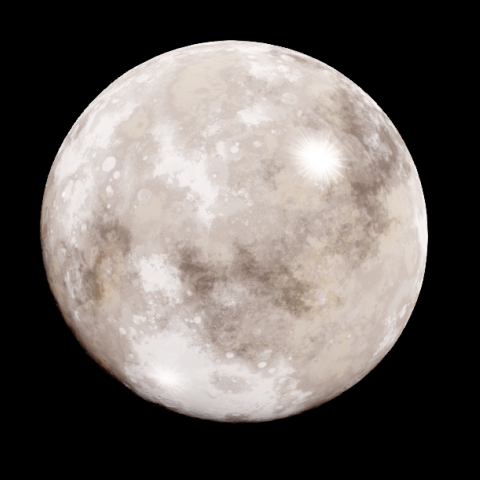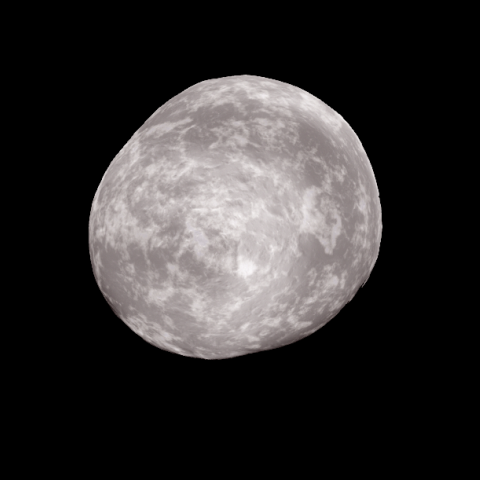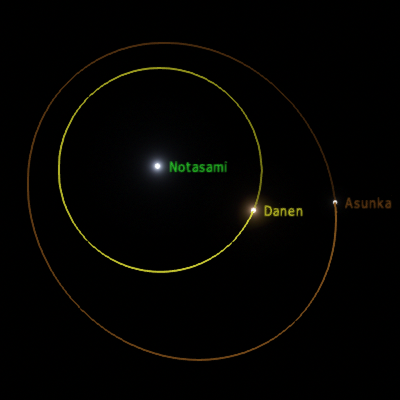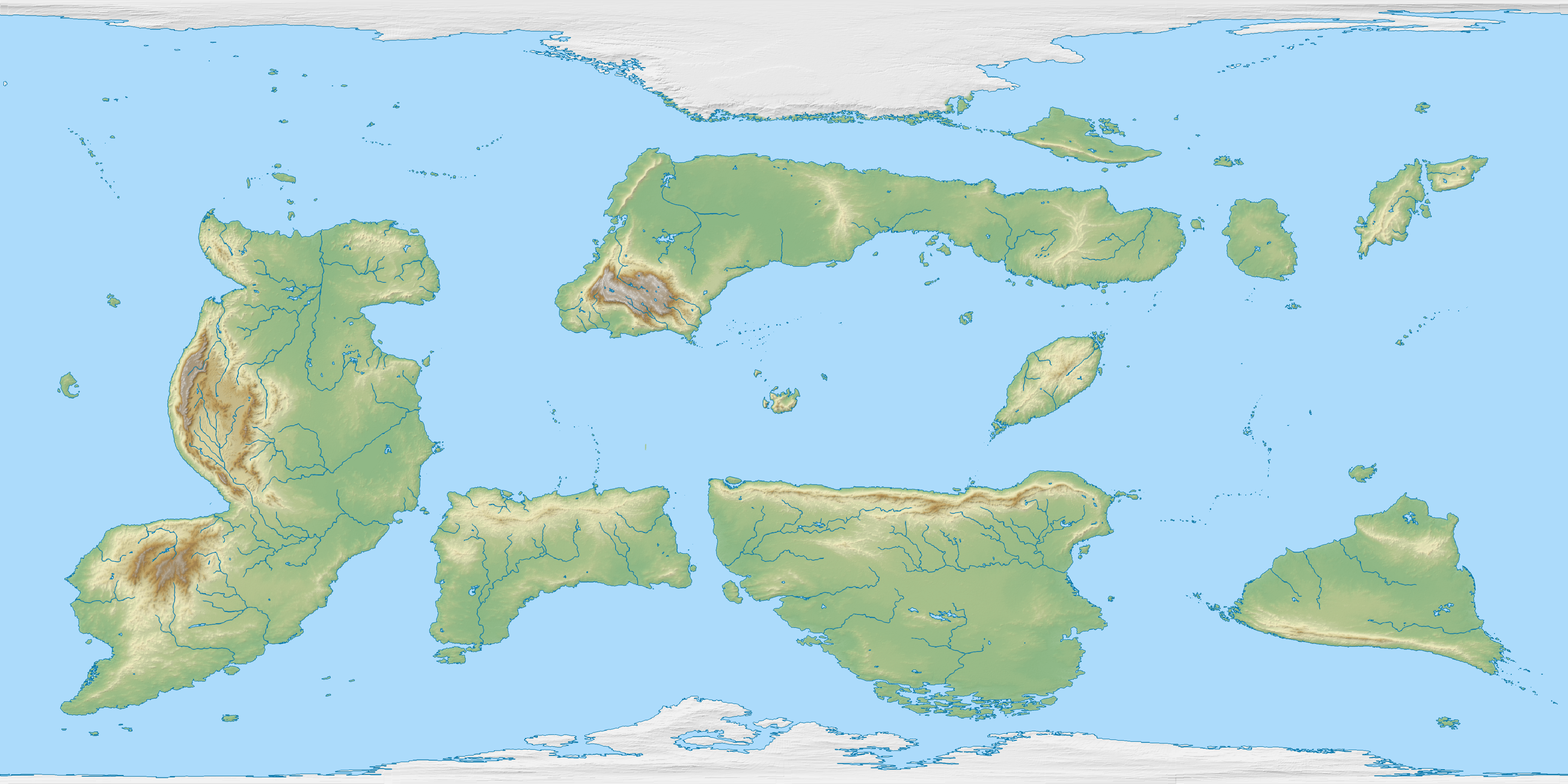names & etymology
the etymology of notasami is unclear, the most popular theory is that it comes from namak nutan samunami, meaning "where the days pass over"
in waptokan it was called mižytú, meaning "the great arable lands"
in tajiseni the name was vochi, which means "the plains"
in classical mesne the planet is referred to as gau, which means "soil".
in lanuxono it was named skaseš, likely a corrupted form of nise ǧase meaning "on the soils"
inhabitants

notasami is the homeworld of the noto. they were the first to discover the hyperspace network, and also the first to establish contact with other species. consequently, notasami is an important hub world and its most widely spoken language, anachek, is practically the main interplanetary lingua franca.
biologically, noto are a species of numungma, a mostly arboreal clade of tropical frugivores and omnivores that originate from nefriheyi. they are diplontic, bilaterally symmetrical, warm blooded, digitigrade, lack any sort of skin covering, and possess two pairs of vestigial horns on the back of their heads. their skin colour varies between several shades of dark to light blue, and they are also two metres tall on average.
the first noto emerged as hunter gatherers in southern nefriheyi some 400,000 years ago, and subsequently spread across notasami. agriculture was developed concurrently in separate locations firstly at around 12,000 years ago, and the earliest proper civilisations could be seen to emerge in emiheg, gonavi, and vazeheyi around 5000 years ago. emiheg in particular would later go on to become the dominant continent in terms of technology and overall power, remaining culturally influential to this day, seconded by vazeheyi.
orbit & satellites



notasami orbits its sun at a semi-major axis of 1.08 AU, and rotates on its axis every 25 hours and 28 minutes, giving it a year that is 381.64 local days long; 404.92 earth days long.
notasami has two main satellites, the largest of which is danen, and the other is asunka
danen is 0.013 earth masses and 0.28 earth radii, and orbits notasami at a distance of 380,000 km. asunka's mass is roughly 1.99e+19 kg, and its radius is 92.5 km, with a semi-major axis of 614,000 km.
it takes danen 27.2 earth days to finish an orbit, and it takes asunka 56.37 days.
danen is a lot more visible than asunka, so calendars historically only take into account danen's orbit. asunka was often historically considered a planet, a particularly fast and chaotic one at that, until observation in the modern age determined that it was actually a minor moon.
geography
there are seven main 'continents'/geographical megaregions:
- north emiheg - pop. 3,078,599,136 - area 31,089,721 km²
- south emiheg - pop. 1,766,341,935 - area 25,239,184 km²
- vazeheyi - pop. 2,113,110,151 - area 21,621,370 km²
- nefriheyi - pop. 339,628,167 - area 27,417,175 km²
- pogalaki - pop. 321,143,119 - area 14,000,581 km²
- rundanuyi - pop. 666,850,115 - area 33,769,382 km²
- gonavi - pop. 251,356,640 - area 12,125,581 km²
